Cooking with oils
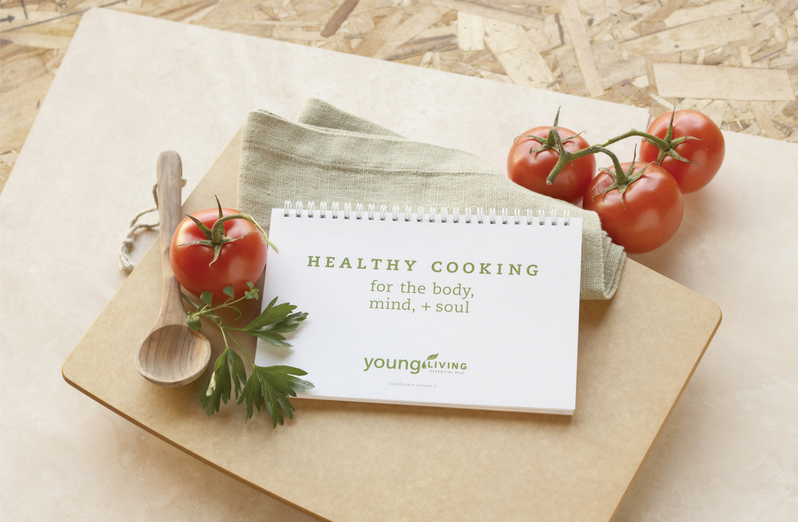

Cooking with Essential Oils

This makes so much sense! We use herbs and plants in our food preparation, and herbs are basically essential oil plus plant fiber/tissue.
So when you take some lovely fresh basil to make a beautiful pesto, the flavor from the pesto comes from the essential oil in the leaves of the basil. The “bulk” comes from the fiber of the plant. When you are cooking a beautiful curry, and you are roasting your coriander seeds, the aroma that is released is the essential oil. And when you are using orange rind in a cake, the flavor comes from the essential oil in the rind – the rest is just bulk and fluid.
Where dried herbs have lost much of their life force in the drying process, essential oils retain their life force when produced correctly. This makes them truly “vibrational” in nature, meaning they transfer a living energy to us when we use them in food preparation.
Essential oils take our food to the next level!
The only differences in using an essential oil rather than the herb or plant in cooking are:
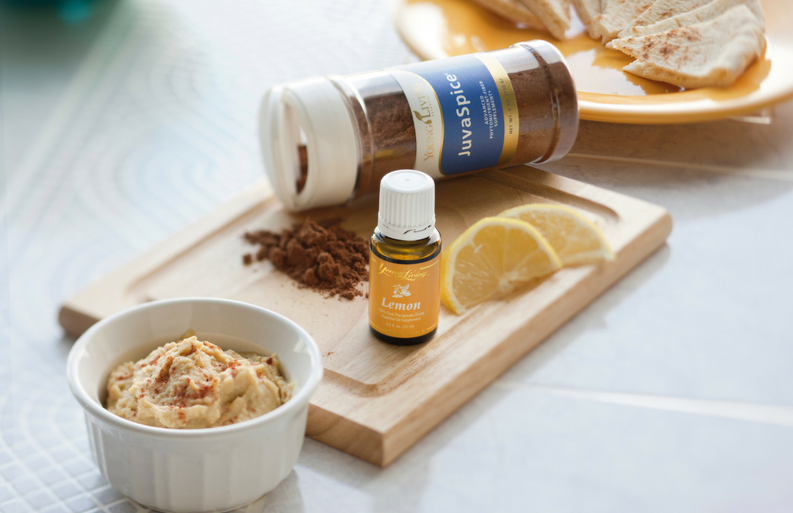
The Golden Rules for cooking with oils

How to use essential oils in food and beverages
There are many different ways to incorporate essential oils into food and beverages. Here are just a few ideas. You can:

1. Coriander, Chilli & Lemon Myrtle Pesto
I love pesto, and a couple of weeks ago I had the inspiration to add a drop of Young Living’s Lemon Myrtle oil to the mix.
“This is soooooo delicious! The Lemon Myrtle oil comes as a wonderful surprise right at the end….it’s subtle, and will delight your taste buds!”
Try a dollop on avocado & toast, and on top of salads, grilled vegetables, and pasta. Once I have all the ingredients ready, this takes me 2.5 minutes to make in a good quality blender like a Thermomix®. Given my busy lifestyle, this is perfect.
Blend the pine nuts, macadamia nuts, garlic and chili at high speed in your blender or food processor. Add remaining ingredients and blend until desired consistency is reached. If using a Thermomix, blend at speed 7 for 30 seconds for a smooth texture. Season with additional salt, pepper and oil if desired. Serve immediately, or cover and store in a glass jar in fridge.
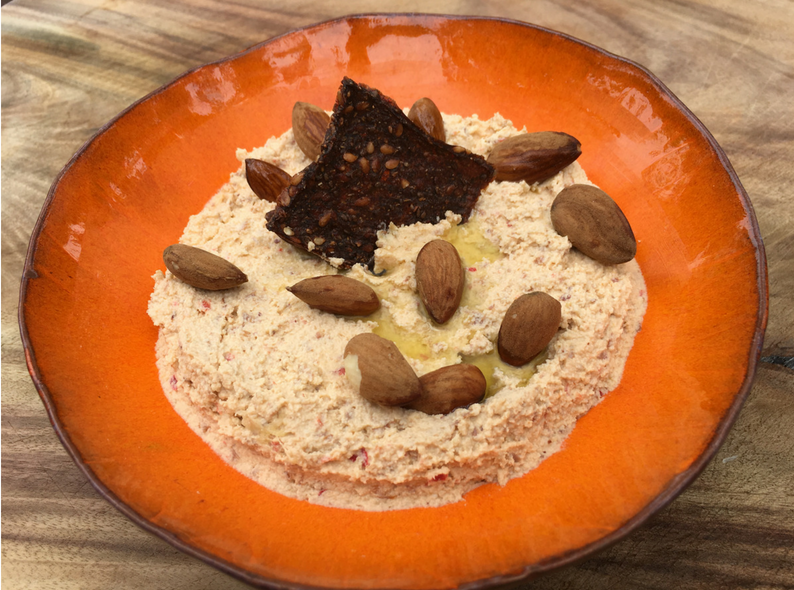
This delicious raw almond hommus is packed full of flavour and nutrients, is easy to make, and is great as a dip or added to a salad.
Method:
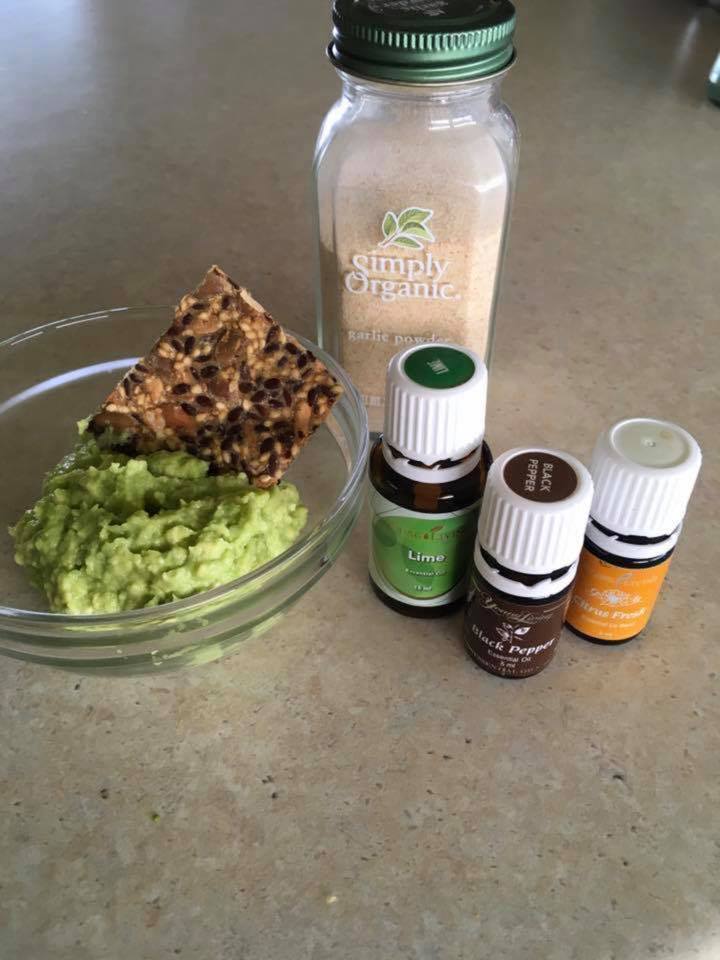
This is a simple recipe, but so yummy, compliments of Anne Simpson.
This pairs perfectly with a crunchy seed cracker, or carrot and celery sticks.
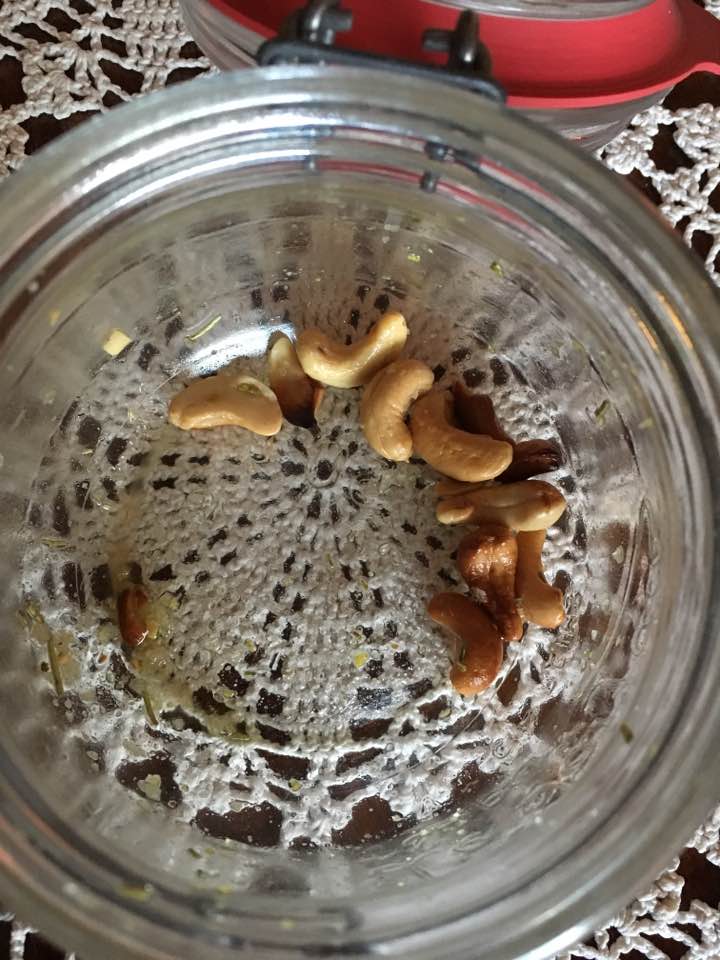
This recipe was first published on the Young Living blog, and it’s turned out to be a total hit!
Ingredients
Directions
Preheat the oven to 180 degrees Celsius (375 degrees Fahrenheit). Place the nuts on a baking sheet and roast for about 8–10 minutes, until warm and lightly golden. Warm the olive oil, rosemary leaves, and lemon zest in a small skillet over medium heat until it begins to sizzle and smells fragrant. Add the roasted cashews and stir to coat completely. Remove from heat, and stir in the Rosemary and Lemon o

This recipe is so delicious, you will want to make it over and over again! It’s one of my impromptu creations, and only takes 5 to 10 minutes to make. (This recipe makes a large serving for 2 – 4 people, or a good sized taster for 8 -10 people).
Ingredients:
Directions:
Heat 2 tablespoons of coconut oil in a large saucepan on medium heat. Add the popcorn into the oil and stir, then put a lid on the saucepan. The corn will begin popping once the oil becomes hot. You want it hot enough to pop, but not so hot that it burns. It’s a fine balance, so keep a close eye on the pot. Turn off the heat once the popping has stopped, or if it starts burning, and pour the contents into a large bowl
While the popcorn is cooking, in a second saucepan gently melt 100g of butter or coconut oil and honey, making sure it doesn’t boil. Once melted, turn off the heat and add 4 drops of Ginger oil, and pour over the popcorn. Mix well, then immediately serve.
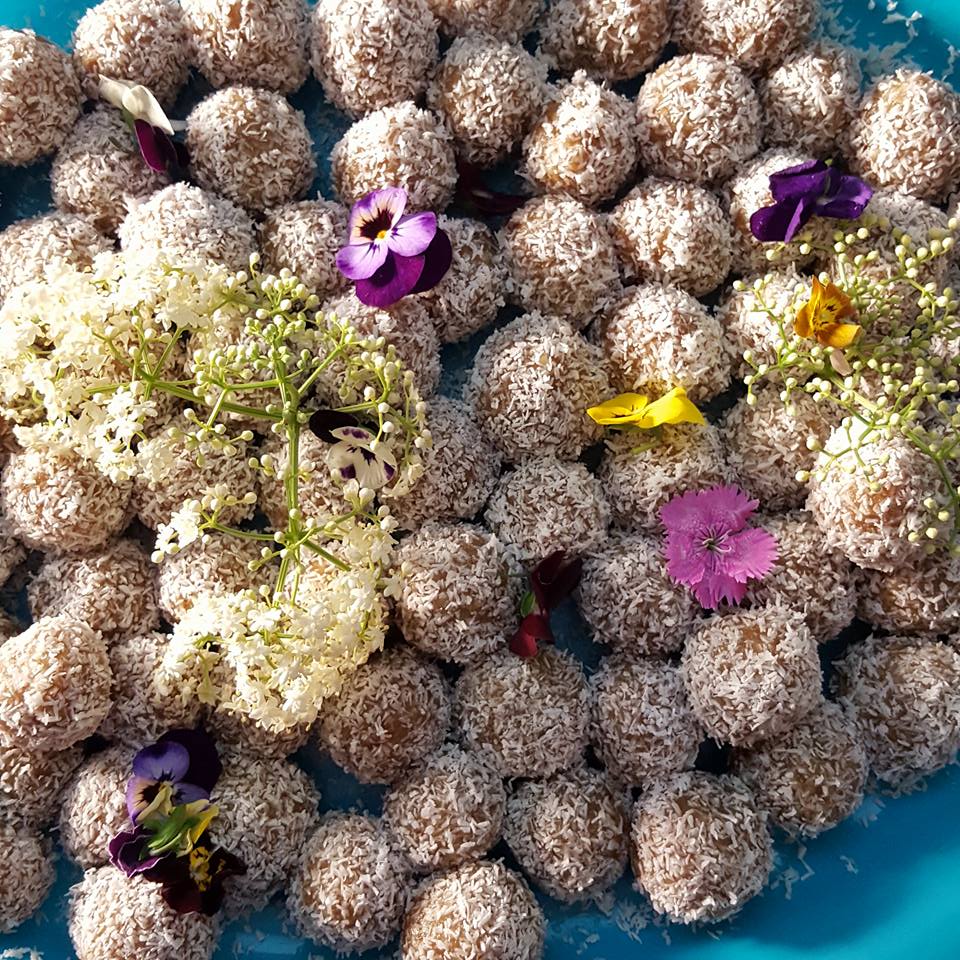
Peppermint Bliss Balls
In a Thermomix® or Food Processor, combine:
Shape into balls. Roll in some extra dessicated coconut. Store in the fridge. Delicious!!!!

7. Coconut Raspberry Gummies
Anne Simpson has given us this wonderful recipe, thanks Anne! It’s so easy to make, and tastes amazing! For a vegetarian version, substitute agar-agar instead of gelatin (you’ll need to search online for the conversion ratios).
The Topping:
The Base:
Directions:
Topping
Base
If you can manage to keep these treats away from all the hungry paws, this recipe will keep in a covered container in the fridge for up to a week.
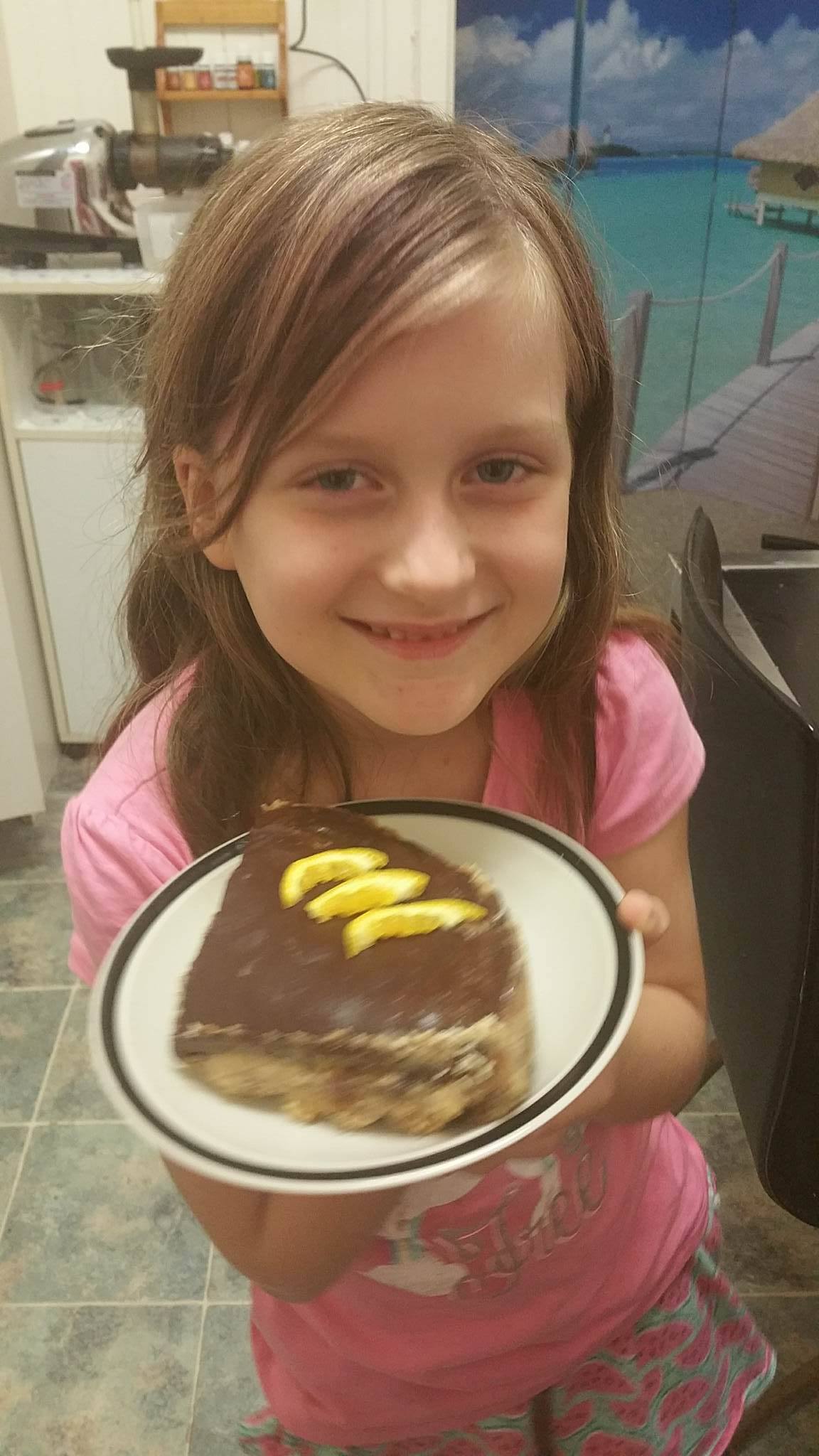
8. Raw and Dreamy Orange Caramel Slice
by Amy Joyous, reproduced from An Aromatic Life by Jen Gallagher, Amy Joyous, et. al. with permission
3 Layers of LOVE:
Base:
Gooey Sauce:
Orange Choc top:
Directions for the Base:
Directions for the gorgeous gooey sauce:
Directions for the last layer of yummy orange chocolate:
Remove from freezer, cut into slices and enjoy!
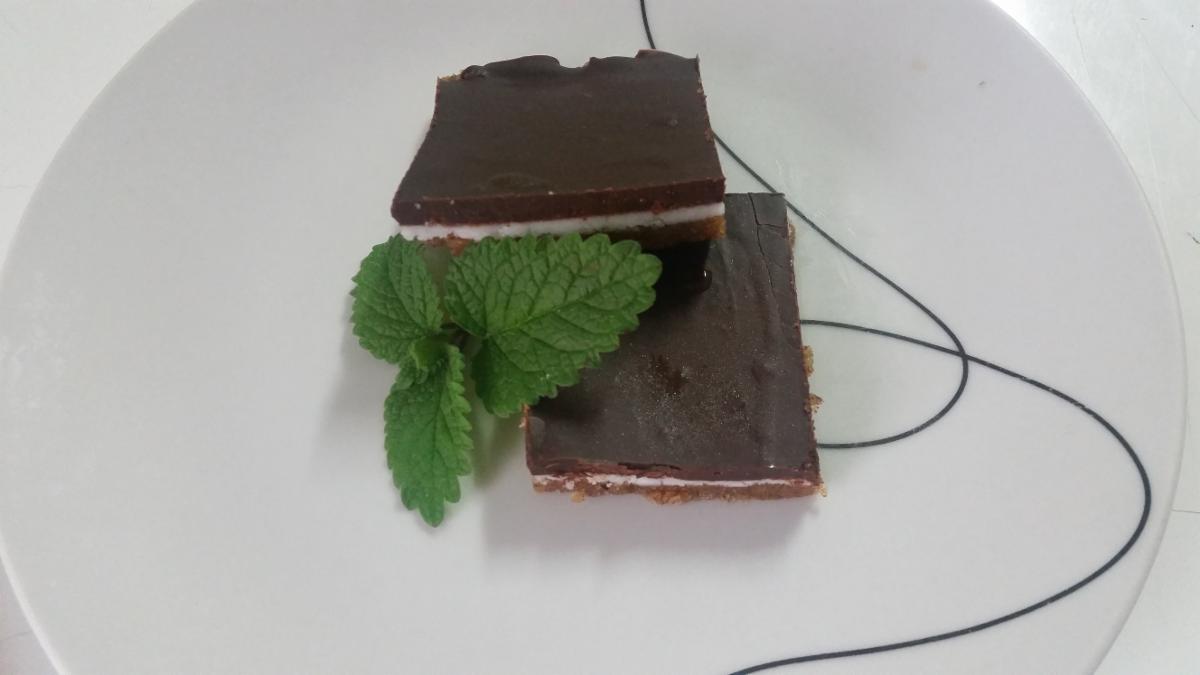
This delicious non-dairy slice will melt in your mouth! Thanks Fiona Russell for sharing the recipe with us.
Biscuit Layer:
Line a pan with baking paper. Process the ingredients on high speed in your Thermomix® or food processor, then press into the pan. Place in the freezer for 30 minutes to solidify.
Creamy Peppermint Layer:
Coconut oil becomes solid at cooler temperatures, so if needed you can warm it on low heat until it liquifies. Then simply blend these ingredients in your Thermomix or food processor, and spread over the biscuit base. Pop it back into the freezer while you make the chocolate layer, just to give the creamy peppermint layer a chance to solidify.
Chocolate Topping:
Place your cacao butter and coconut oil together into a stainless steel bowl, and sit in a pan of simmering water. Stir until it melts. OR stir these together in a Thermomix at 37 degrees for 5 minutes until they melt. Add remaining ingredients, whisk or blend at high speed. Allow it to cool for approximately 15 minutes, then pour over the top of the creamy peppermint layer.
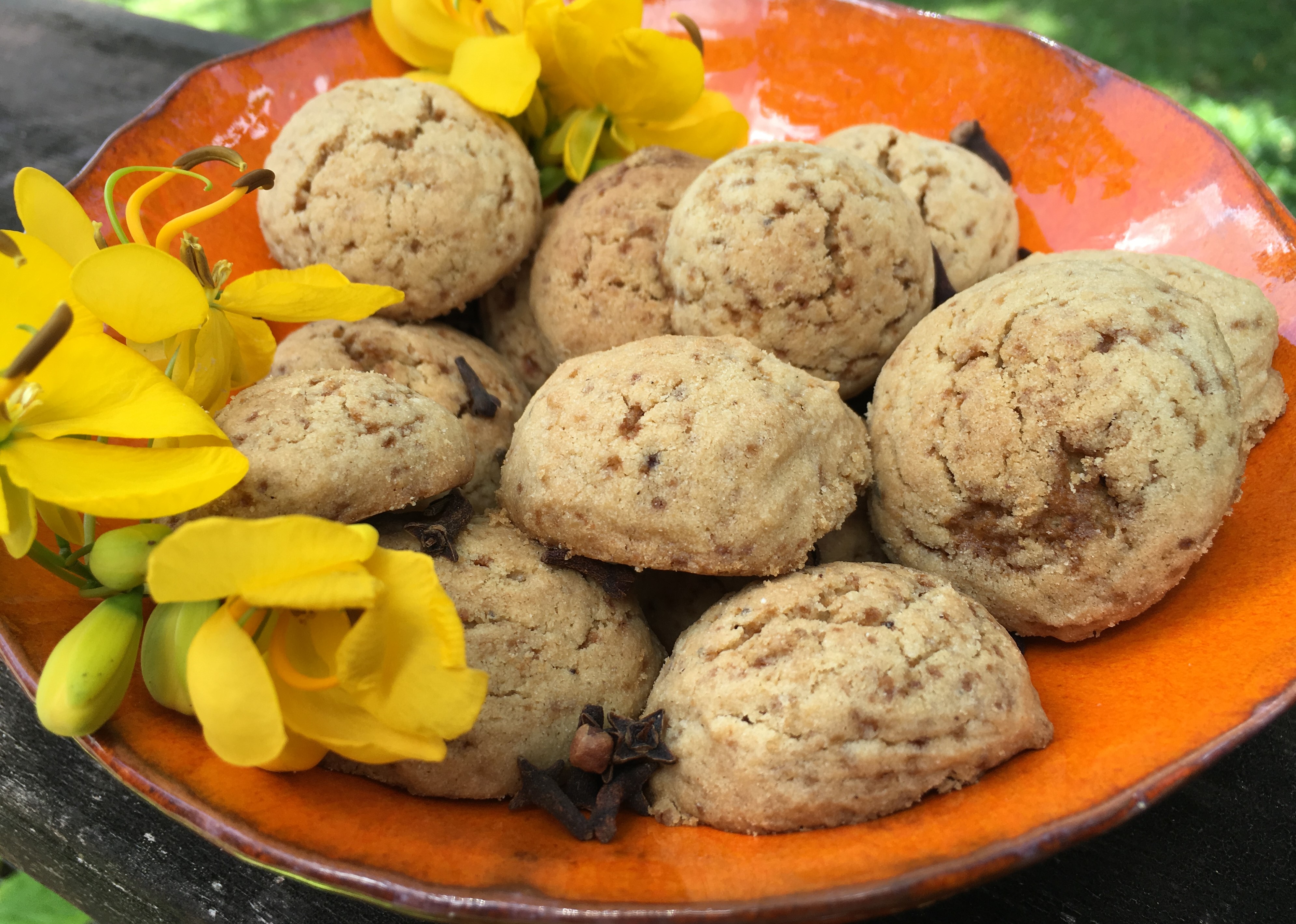
10. Cookies of Joy
The following recipe was reconstructed from Saint Hildegard of Bingen’s circa 1157 treatise “Physica: Liber Simplicis MedicinÔ. It’s amazing to think that these biscuits were first made over 900 years ago! She said to eat them at regular intervals to increase joy and positivity…you’ll see my adaptations to the recipe below, to incorporate essential oils.
Ingredients:
Directions:
Grind the cloves. Let the butter soften, then cream it with the sugar, and the dried spices or essential oils. Beat in the egg. Sift the remaining dry ingredients, add half of them and mix in, then add the other half and mix thoroughly. The dough can then be chilled so it’s workable.
If you own a Thermomix® or other high speed blender, there’s a slightly easier and quicker way of preparing this dough: Simply grind the cloves in the Thermomix®. Then add the softened butter, sugar and oils and blend. Then add the egg and blend. Then add all the remaining dry ingredients and blend thoroughly.
Pre-heat the oven to 180 degrees Celsius (350 degrees Fahrenheit). Form walnut-sized balls of dough, place on a greased and floured cookie sheet or a sheet of baking paper, and press flat. Bake for 12 to 15 minutes, until the edges are golden brown. Allow to cool for 5 minutes, then place the biscuits onto a cooling tray. Serves 30.

11. Chocolate & Nutmeg Smoothie
This is another one of my creations – enjoy!
Ingredients:
Directions:
Place all ingredients in a blender, and blend until smooth. Start with 1 drop of Nutmeg oil, and add an extra drop to taste (if too much is added, it overpowers the flavours in this smoothie). Chill and add ice if desired. This makes enough for 2 people, and tastes absolutely fantastic!!! Not only is it a great Christmas treat, it’s an all-year-round treat!
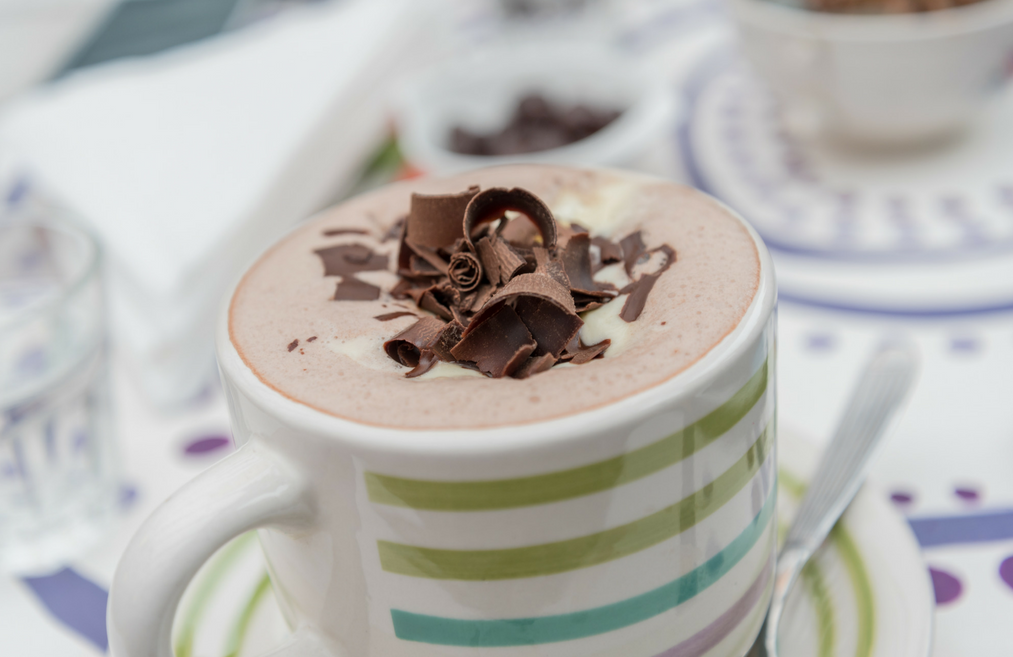
For each person, mix the following ingredients together, then heat and blend:
Warm the ingredients first until just below simmering, then put through a high speed blender. If using a Thermomix®, set to 80 degrees for 5 minutes on speed 1 to heat, then blend for 90 seconds on high speed (speed 9) to froth. Alternatively if you have a cappuccino maker, you can froth the almond or cow’s milk separately, and add to the hot cacao mix at the end.
Refrigerate until cool, then serve with ice.